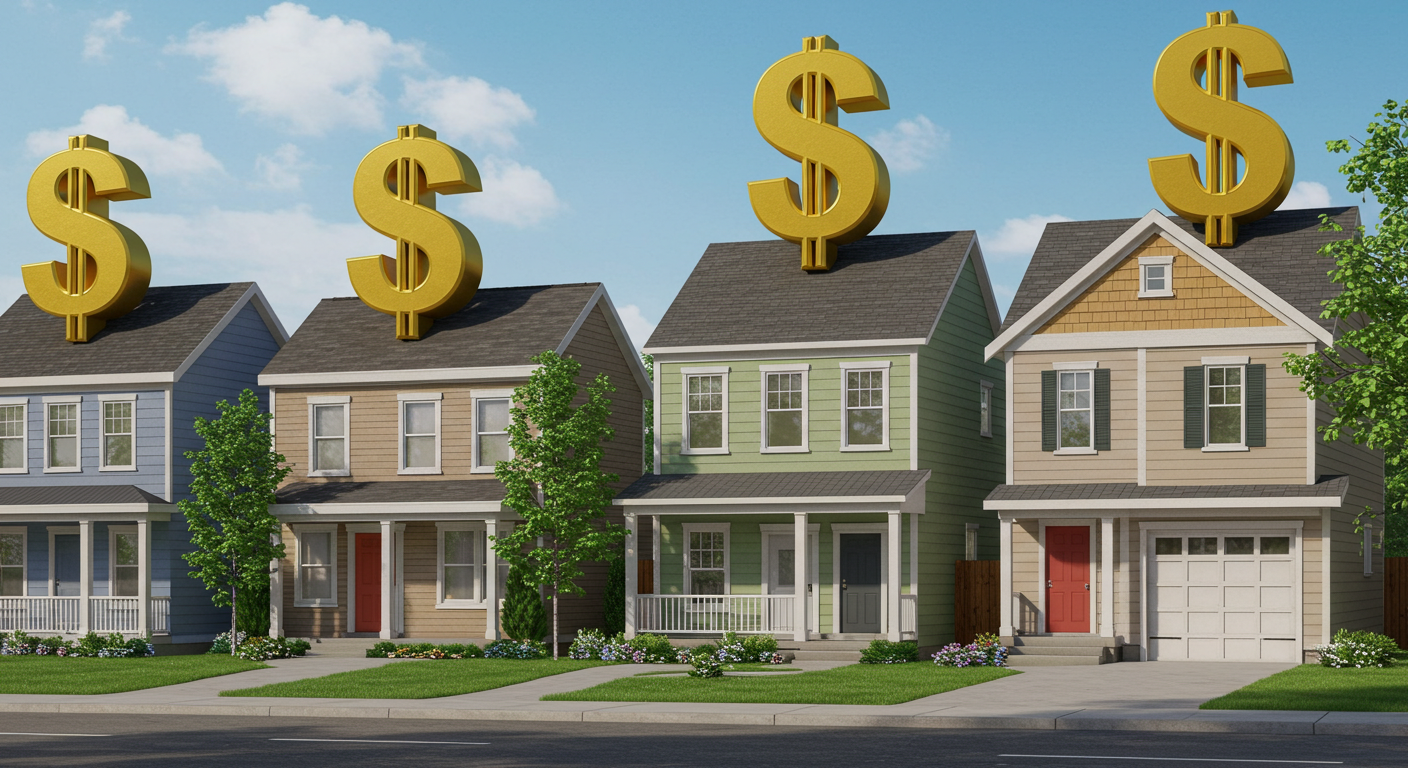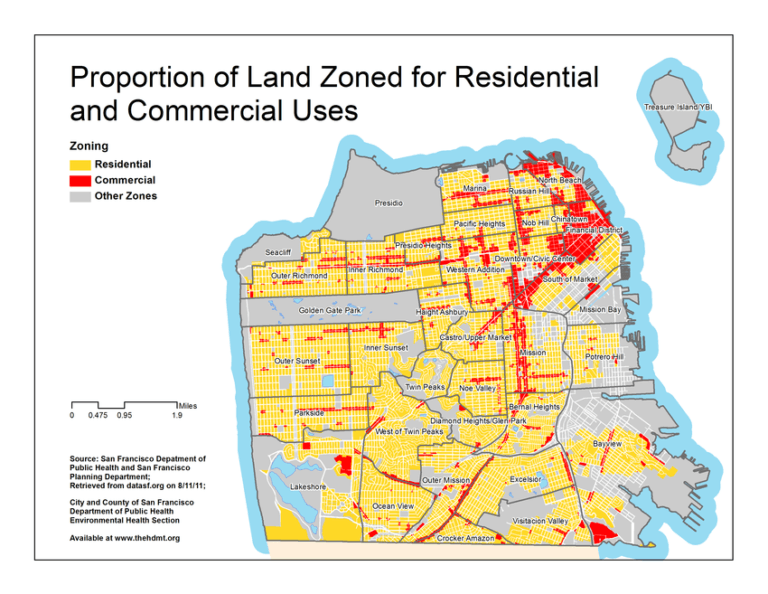10 Surprising Factors That Can Affect Your Home's Value

When estimating the value of a home, most people focus on obvious factors like location, size, and condition. But did you know there are less apparent elements that could significantly influence a property’s worth? Whether you're buying, selling, or simply curious, understanding these surprising factors can help you make informed decisions about your real estate investments.
At House Worth Calculator, we specialize in providing accurate home value estimates based on a wide range of data points. Let’s dive into ten unexpected things that might affect the value of your home.
1. Curb Appeal
First impressions matter. When a prospective buyer pulls up to a property, the exterior sets the tone for how they perceive the entire home. A well-maintained lawn, neatly trimmed bushes, and a fresh coat of paint can make a home look inviting and increase its perceived value. In contrast, overgrown grass, cracked driveways, or peeling paint can turn buyers away before they even step inside.
Studies show that investing in landscaping can yield a return of up to 150% on the cost. A $3,000 investment in landscaping could potentially increase a home’s value by $4,500. Even smaller updates like adding potted plants, cleaning windows, or upgrading exterior light fixtures can leave a lasting impression.
Real-World Impact: Imagine two homes for sale on the same street. One has a manicured lawn, vibrant flowers, and a freshly painted door. The other has weeds sprouting through the sidewalk and fading paint. Even if the interiors are identical, the first home will likely attract more offers at a higher price.
2. Proximity to Schools
For families with children, the quality of local schools is often a top priority. Homes near highly rated schools tend to command higher prices because parents are willing to pay a premium to ensure their children have access to quality education. Conversely, homes near poorly rated schools may face challenges in retaining their value.
A study by Realtor.com found that homes near top-rated school districts are priced, on average, 49% higher than those near schools with average ratings. However, proximity to a school isn’t always a positive. Being too close can mean dealing with daily traffic, noisy school events, and limited parking during drop-off and pick-up times.
Real-World Impact: A home located within walking distance of a highly rated elementary school might attract young families and receive competitive offers. On the other hand, a property adjacent to a high school football field could see its value affected by noise and crowds.
3. Local Zoning Changes

Zoning laws determine how land can be used, and changes in these regulations can drastically impact property values. For example, if a residential area is rezoned to allow for commercial development, it might lead to the construction of stores, restaurants, or offices nearby. While this could add convenience for some, it could also increase traffic, noise, and congestion, potentially deterring future buyers.
Consider a neighborhood where a new apartment complex is approved. This could increase housing density and change the overall character of the area. Conversely, rezoning to protect green spaces or limit commercial development might make a neighborhood more desirable.
Real-World Impact: A homeowner in a quiet suburban neighborhood may find their property’s value drops after a busy shopping plaza opens nearby. On the flip side, a property near a new business hub might see increased demand from buyers seeking shorter commutes.
4. Smart Home Technology
In today’s tech-driven world, homes equipped with smart technology often have a competitive edge. Features like smart thermostats, security systems, and voice-activated lighting not only make life more convenient but also appeal to tech-savvy buyers.
A Zillow study found that homes with smart technology can sell up to 5% faster than those without. These features are particularly appealing to millennial buyers, who are now a significant demographic in the housing market.
Real-World Impact: A home with a smart security system and energy-efficient smart thermostats might attract environmentally conscious buyers willing to pay more for these modern conveniences. On the other hand, a similar home without these upgrades may struggle to stand out.
5. Noise Pollution
Living near a busy highway, train tracks, or airport can significantly impact a home’s value. Noise pollution not only reduces the quality of life for residents but also deters potential buyers. Properties in quiet neighborhoods, however, often command higher prices.
There are solutions for homeowners dealing with noise pollution. Soundproofing windows, planting dense trees, or installing white noise machines can help mitigate the issue and make a property more appealing.
Real-World Impact: A house located next to an interstate might see its value drop by 10% compared to similar properties in quieter areas. However, investing in soundproofing upgrades could help recoup some of that lost value.
6. Energy Efficiency
Energy-efficient homes are in high demand as more buyers seek to lower their utility bills and reduce their environmental footprint. Features like solar panels, energy-efficient windows, and modern HVAC systems can increase a home’s marketability and value.
For instance, a study by the National Renewable Energy Laboratory found that homes with solar panels sold 20% faster and for 17% more than comparable homes without them.
Real-World Impact: A homeowner investing in energy-efficient upgrades could not only save on monthly bills but also attract buyers who prioritize sustainability, resulting in higher offers.
7. Market Trends
The real estate market’s ebb and flow significantly influence home values. Factors like interest rates, economic conditions, and seasonal trends can either boost or hinder property prices.
Spring and summer are often the hottest seasons for home sales, as families aim to move before the new school year begins. In contrast, winter months typically see lower demand, which can drive down prices.
Real-World Impact: A seller listing their home during a strong seller’s market might receive multiple offers above the asking price, whereas the same home listed during a buyer’s market might sit unsold for months.
8. Historical Significance
Homes with historical or architectural significance often attract niche buyers who appreciate their uniqueness. However, these properties can also require costly renovations to maintain their authenticity and comply with preservation regulations.
A Victorian home with original stained glass windows might fetch a premium price, but buyers will also factor in the potential maintenance costs.
Real-World Impact: A beautifully restored Craftsman-style home in a historic district might attract buyers willing to pay extra for its charm, while a similar property in disrepair could struggle to sell.
9. Neighborhood Reputation
A neighborhood’s reputation—influenced by factors like crime rates, local amenities, and community involvement—can greatly affect home values. A desirable neighborhood with active homeowners' associations and well-maintained properties will often see higher property values.
Real-World Impact: A home in a community known for its annual festivals and tight-knit atmosphere might sell faster and for more money than one in an area with a reputation for neglect.
10. The Local Job Market
Proximity to thriving job markets is a significant factor for many buyers. Areas with strong employment opportunities and major employers nearby tend to see higher demand for housing, which drives up property values.
The announcement of a new corporate headquarters in a city often leads to a surge in local property prices as workers look for nearby housing.
Real-World Impact: A home within commuting distance of a tech hub might see its value skyrocket, while one in an area experiencing layoffs might face declining prices.
Get Your Home's Local Value
Your home’s value is influenced by a mix of predictable and surprising factors. By understanding these elements, you can take proactive steps to maintain or increase your property’s worth. Whether you’re planning to sell or simply want to know what your home is worth, the House Worth Calculator offers a quick, reliable way to get an accurate estimate.
Curious about your home’s value? Try our calculator today!